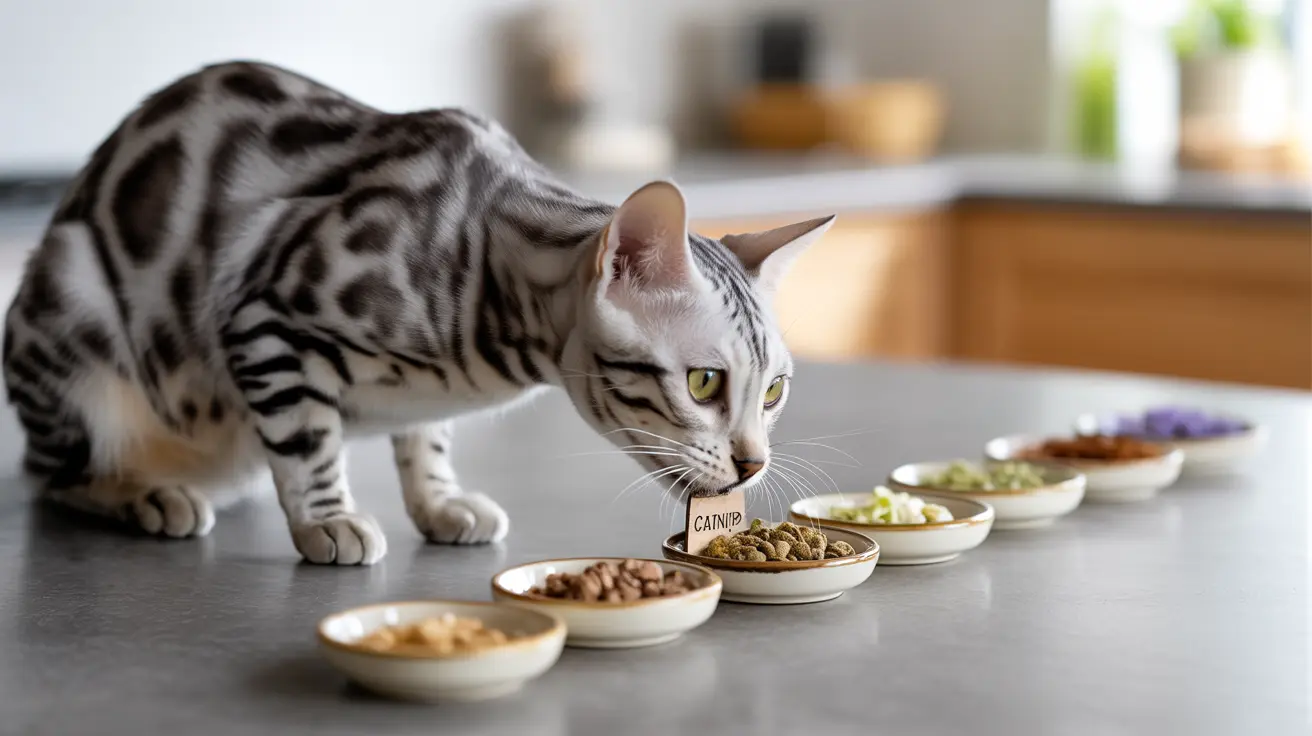When it comes to extraordinary senses, both cats and dogs are renowned for their remarkable ability to detect and process scents. While dogs often get the spotlight for their scent-tracking abilities, cats possess unique olfactory talents that make them exceptional in their own right.
In this comprehensive guide, we'll explore the fascinating differences between feline and canine smell capabilities, examining their distinct anatomical features, evolutionary adaptations, and practical applications of their olfactory powers.
The Science Behind Olfactory Receptors
The fundamental difference between cats and dogs starts at the molecular level. Dogs typically possess around 300 million olfactory receptors, while cats have approximately 200 million. Both numbers dwarf the human capacity of just 5 million receptors, but the story doesn't end there.
Cats have a secret weapon: they possess about 30 V1R receptors, specialized cells designed for distinguishing between different types of scents. This is significantly more than dogs, who have only 9, making cats particularly adept at discriminating between similar odors.
Unique Nasal Architecture
The cat's nose is a marvel of evolutionary engineering, functioning like a sophisticated gas chromatograph. Their nasal structure features intricate, coiled pathways called ethmoid turbinates that process scents with remarkable efficiency.
This specialized architecture allows cats to separate incoming air into two streams: one for breathing and another dedicated to scent analysis. This dual-processing system enables them to analyze odors with incredible precision while maintaining normal respiratory function.
Range and Detection Capabilities
While dogs are celebrated for their ability to track scents over long distances, cats have their own impressive detection range. Under optimal conditions, cats can detect odors up to 4 miles away. However, their true strength lies in their ability to differentiate between subtle scent variations.
Dogs excel in scenarios requiring long-distance tracking, which explains their widespread use in search and rescue operations. Cats, meanwhile, use their superior scent discrimination abilities for hunting, territory marking, and complex social interactions.
Practical Applications and Daily Life
A cat's heightened sense of smell plays a crucial role in their everyday behavior. They rely on olfactory information to:
- Evaluate food safety and freshness
- Identify territorial boundaries
- Detect potential threats
- Navigate social relationships with other cats
- Compensate for their relatively limited sense of taste
Dogs, conversely, have been specifically bred and trained to use their scenting abilities in working roles, such as drug detection, search and rescue, and hunting.
Maintaining Olfactory Health
Both cats and dogs require proper nasal health to maintain their exceptional smelling abilities. Regular veterinary check-ups, maintaining clean living environments, and avoiding exposure to harsh chemicals are essential for preserving their olfactory capabilities.
The continuous regeneration of olfactory neurons throughout their lives means that with proper care, both species can maintain their keen sense of smell well into their senior years.
Frequently Asked Questions
How does a cat's sense of smell compare to a dog's in terms of olfactory receptors and scent detection?
While dogs have more olfactory receptors (300 million vs. cats' 200 million), cats have more specialized V1R receptors (30 vs. dogs' 9), making them better at distinguishing between similar scents. Dogs generally excel at long-distance tracking, while cats are superior at detailed scent discrimination.
Why are cats better at distinguishing between similar scents than dogs?
Cats' superior ability to distinguish between similar scents is due to their higher number of V1R receptors and their unique nasal architecture, which functions like a natural gas chromatograph, allowing for more precise scent separation and analysis.
How far can cats and dogs detect scents, and which species can track scents over longer distances?
Cats can detect scents up to 4 miles away under optimal conditions, while dogs, especially breeds like bloodhounds, can track scents over several miles. Dogs generally excel at long-distance tracking, making them more suitable for search and rescue operations.
What unique nasal structures enable cats to have such efficient scent processing compared to dogs?
Cats possess complex, coiled ethmoid turbinates that create a dual-channel system for processing air. This allows them to simultaneously breathe and analyze scents with exceptional efficiency, giving them processing capabilities 100 times more effective than a straight channel.
How do cats use their sense of smell in everyday behaviors like hunting, social communication, and food evaluation?
Cats rely on their acute sense of smell to evaluate food safety, mark and monitor territory, detect potential threats, navigate social relationships with other cats, and compensate for their relatively poor sense of taste. Their olfactory abilities are crucial for survival and social interaction.






